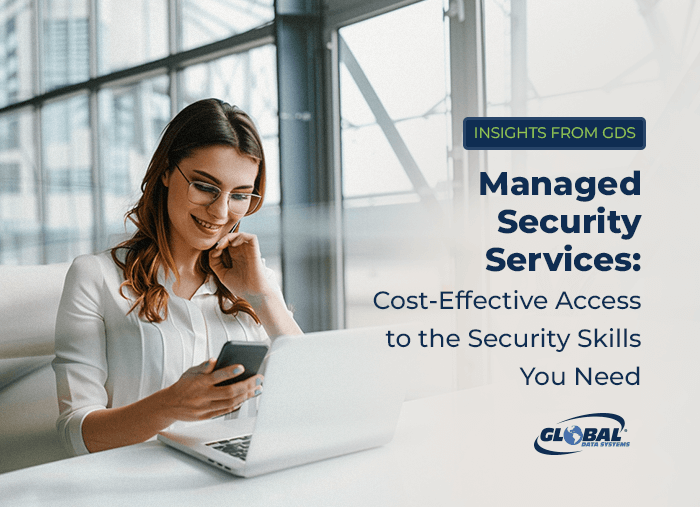A finance worker at a multinational company thought he was on a video call with the organization’s CFO and other colleagues he recognized. As instructed, he wired $25 million to facilitate a secret transaction.
Cybersecurity
In November 2023, Daniel Rhyne went rogue. As a core infrastructure engineer for a New Jersey-based industrial company, Rhyne remotely accessed the company’s computer systems using an administrator account. On Nov. 25, 2023, he sent an extortion email to certain company employees, warning that IT administrators no longer had access to company systems and backups had been deleted.
The National Security Agency recently issued an urgent warning about threats to operational technology (OT) systems and critical infrastructure. Multiple federal agencies, including the Cybersecurity and Infrastructure Security Agency (CISA) and Federal Bureau of Investigation (FBI), coauthored a report highlighting the threat of pro-Russian hacktivist groups. The report provides recommendations for hardening OT systems against threat actors.
There is only one surefire way to protect your networked computer systems from unauthorized access, malware attacks and other security breaches.
Most organizations are keenly aware of the current cyber threat climate. They see the headlines about large enterprises and government agencies being hacked, and they’re making major investments to upgrade their security infrastructure and strategy.






